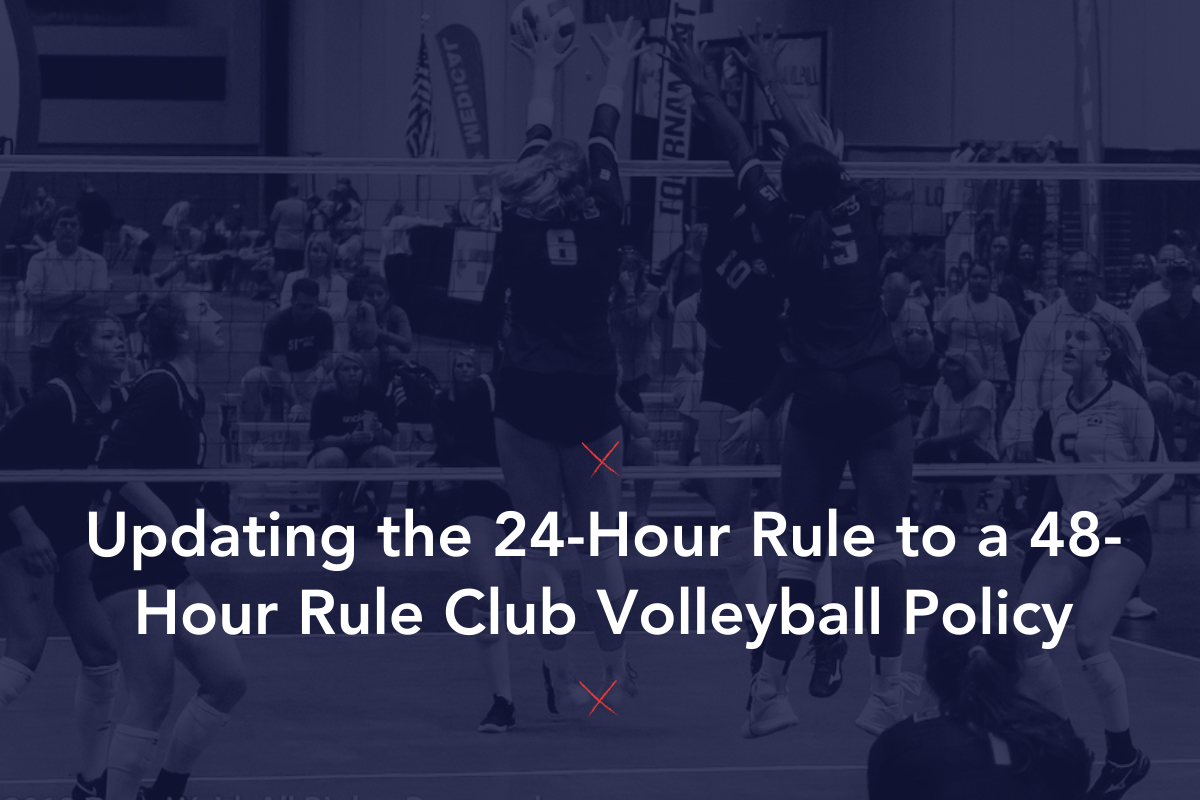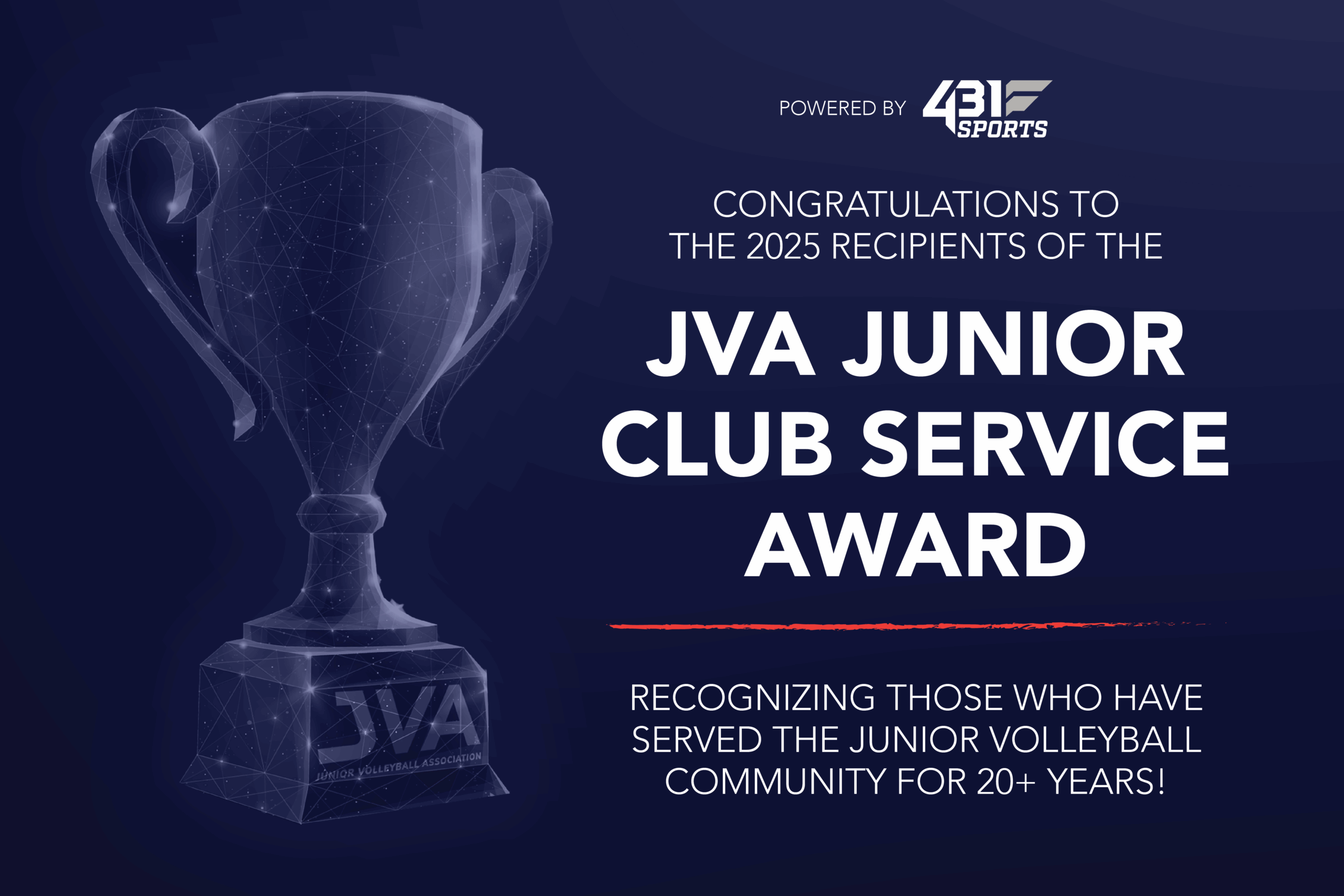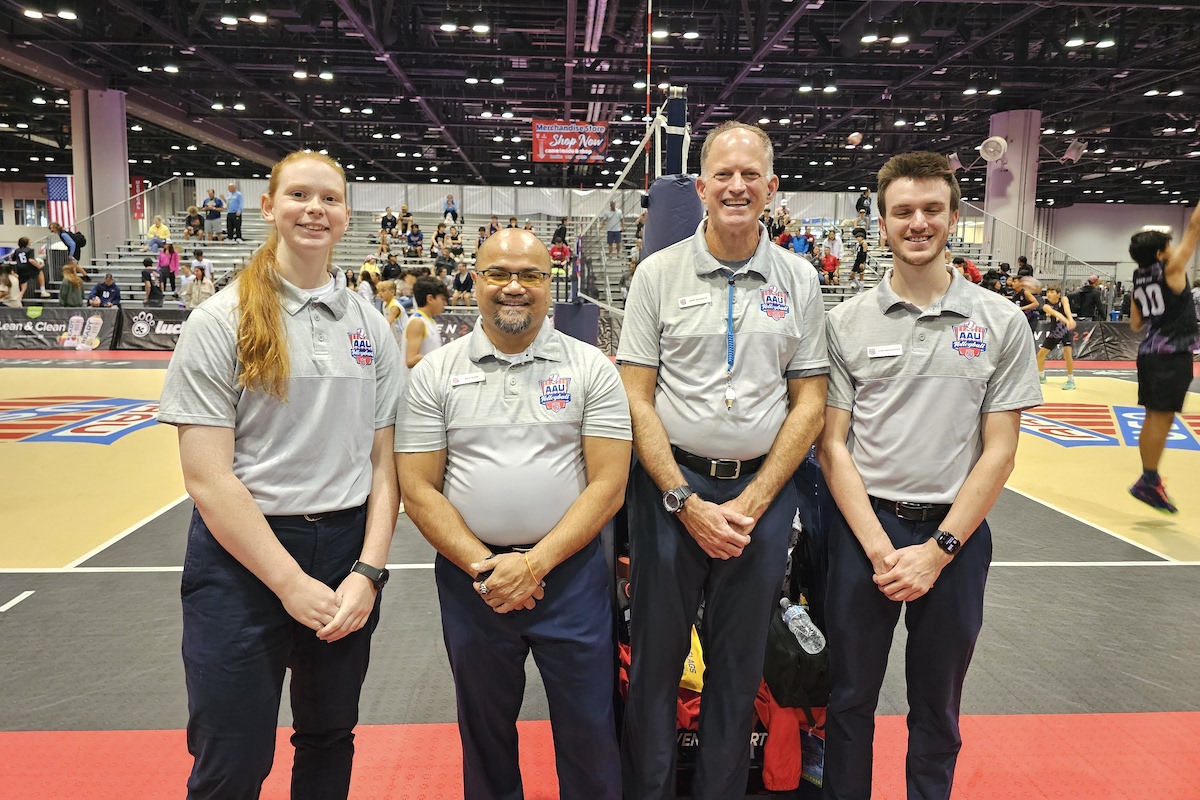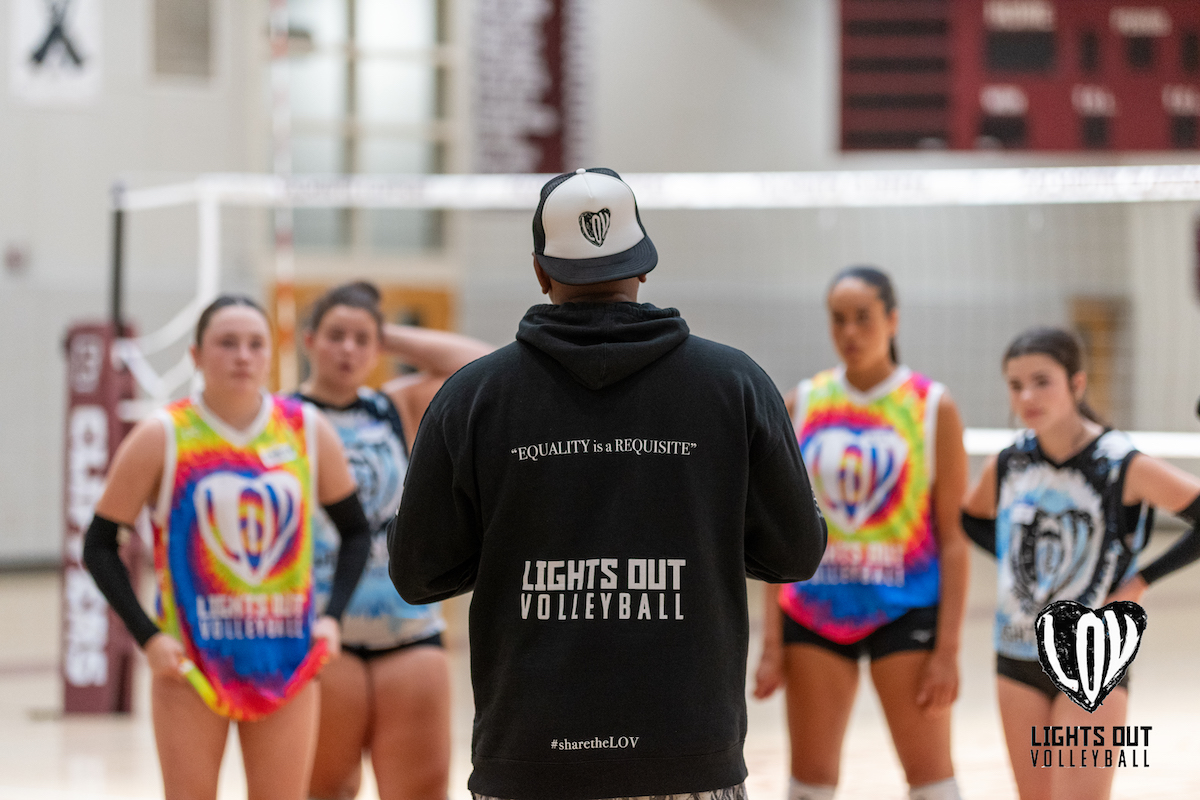As the club volleyball season moves into an ever increasingly competitive segment of the season, all involved (athletes, coaches, parents) get a sense of where the season could be headed. From the bleachers, some parents may be wondering why we aren’t winning the close ones, too many are acting as if the next point and ultimate outcome of the match are dependent on the volume of their cheers, and some are simply wanting the best experience possible for their child hoping they get an opportunity to contribute. Players are fighting for roles and hopefully, as one of our players told me recently, “I will play wherever the team needs me to play.” Coaches meanwhile are working to balance individual progress and opportunity with team success. My goal in writing this column is to establish that those two things are not mutually exclusive.
Club Playing Time Philosophy
A good starting point is taking a look at the overall playing time philosophy of your club or team. If that was not communicated up front, that is the first mistake that needs addressed prior to the start of the next season. For Triangle Volleyball Club, we view each individual team member as an important piece of the puzzle of overall team success. Our rosters, with rare exception, have ten players. We have found that less than ten leaves us open to team viability issues should injury or illness hit. More than ten makes it difficult to manage the appropriate opportunities for all players. As part of our club handbook, we include the following statement on playing time:
Playing Time Considerations
Triangle has no specific playing time policy or philosophy club-wide. Athletes can expect that playing time will be managed differently depending on team age and level. Our experience has shown that the concept of ‘fair’ playing time has a different meaning for coaches, parents, and athletes.
Disparate views on what constitutes ‘fair’ playing time are the most common source of athlete and/or parent frustration in youth sports.
Key to minimizing the potential for misunderstandings about playing time among coaching staff, athletes, and parents are recognizing the following:
Δ One of the greatest team management challenges for any coach is balancing the dual interests of distributing playing time fairly on the individual level and achieving the goals and objective of the team as a whole.
Δ ‘Fair’ playing time does not mean ‘equal’ playing time.
Δ Playing time philosophy and its distribution across team members will differ depending on age and competitive level.
Δ Critical to understanding differences in playing time amongst athletes on a given team is understanding the role of the student-athlete on the team.
Δ Unique player roles, by nature of position, skill, or ability, can lead to differences in playing time that are necessary and appropriate.
Δ Student-athletes with concerns regarding playing time should address their coach directly.
Δ Any conversation with a Triangle staff member pertaining to playing time will be held by appointment only and may require the presence of a club administrator.
Now What?
After the first couple months of the season, it is natural for roles to be established. Our sport is one of rotations, matchups, and best case scenarios often dependent on situations. In volleyball, it is common for some players to seemingly have a more significant on court role than others. Of course, this depends quite heavily on style and system as well as specific personnel.
One of the challenges of coaching a team sport is creating an environment in which all players are made to feel as if they are part of the overall success of the team – regardless of role or actual time spent on the court in competition. I remember as a collegiate player myself who spent significant time on the bench, I found great joy in our team experiencing success. Within our practice gym, a culture was created in which the “2nd side” challenged the first side daily. The better we played, the more it challenged them. We had an opportunity daily to earn our spot on the 1st team – I just never quite made it there.
Coaching club volleyball, the same opportunities should exist. However, many other factors come in to play and we are foolish if we completely ignore them.
Finding Value
We greatly value our training environment and feel that practice alone is worth the investment of time and money. However, if we are never providing opportunities for our athletes to contribute on court during actual competition, we are denying the chance for them to learn, grow, and gain valuable on court experience.
Many clubs with larger rosters make it work. We regularly compete against clubs with rosters of 12 or even more. In conversations with those club coaches and directors, they are adamant that their playing time philosophy is communicated well in advance. This to me is the key. If they are paying only for the training and there is no guarantee of playing time, it MUST be known up front.
In those scenarios or in situations in which players have wide ranging roles (and possibly ability), how is it best to keep players engaged, motivated, inspired, and valued. Here are a few thoughts:
Δ Find value in each and every player. One of my favorite stories is about one of my high school teammates whose “role” was to serve as the team captain and call the coin toss prior to every match. In his year as the coin toss captain, he somehow won nearly 80% of all coin tosses. I know this because we kept stats on it. He would actually “practice” on the way to matches. Everyone involved knew that it was simply luck but nonetheless it gave a player who made very few contributions on the court a chance to feel part of the team.
Δ Look for opportunities. So, your best outside hitter is one of the best players at her position in the country (or region or simply relative to the other players on your roster) and you depend greatly on her for your team’s success. Without her on the court, your team is a totally different team. The way I view this situation is…GREAT. You are fortunate to have a player like this on your roster. Maybe though, the first set in a match goes your way and you win 25-10. Is there really any harm in replacing your best outside hitter with a player who may not get much opportunity in a match? Go for it. Let him or her go in and take some rips at the ball. Maybe you find your team is too dependent on that one that player and it gives other players the chance to shine.
Δ Let them surprise you. I am typically very slow to remove a player who is struggling. I like challenging them and encouraging them to work through some rough spots. Saying that, I like to give players with seemingly lesser roles opportunities to come in and be successful. The key to me though is that I don’t use players in those situations and just cross my fingers that they will do well. I truly believe in every player on our roster and you should too. It’s our job as coaches to prepare them well for these moments.
Δ Prepare your players every day to contribute. If your “2nd team” players are not provided chances to improve, you are not doing your job as a coach. Whether families are paying $10,000 or $0, our job as coaches is to help players become better than they were when they walked through the door.
Δ Communicate effectively. If you are not communicating the roles of your athletes or their value to the team, it is a cowardly move. Sometimes conversations are difficult and decisions are not clear cut.
However, the young people you coach deserve honesty and respect and also the opportunity to learn what effective communication looks and feels like.
For related reading on coaching junior volleyball, click here. JVA Member Education includes club handbook templates, sample contracts, and resources for clubs to use when forming their club philosophy and policies. Click here to view JVA Member Education (login required).
About the Author
Mike Schall is the former Associate Club Director at Triangle Volleyball Club, a JVA member club in Raleigh, North Carolina. He is now the Head Women’s Volleyball Coach at the University of North Carolina Chapel Hill. Mike is also a Court and Classroom Blogger, inspiring teachers, coaches and parents in building up young people. He is currently the Assistant Coach for Univ. of North Carolina Women’s Volleyball.
“I derive great joy from helping kids and coaches discover the unique gifts inside of them to better serve others. My most special gifts are my beautiful wife of 18 years, Sarah, and my four children (Belle, Sam, Andrew, and Mia). I am fortunate to have traveled the world to coach and teach, to give and receive, to lead and serve. While my experience in coaching ranges from introducing 10 year olds to the game of volleyball to serving as the Assistant Coach for the national champion Penn State Women’s Volleyball Team, my greatest prizes on my coaching journey are the people – all of them – that I now count as friends. My goal is to create a learning environment in the gym and on this site where questions are welcome, mistakes are encouraged, and curious lifetime learners are created.”










